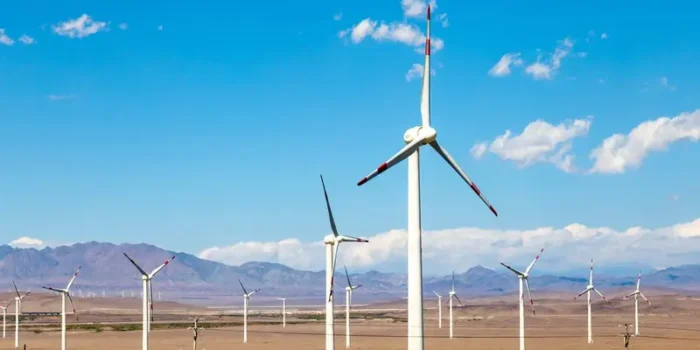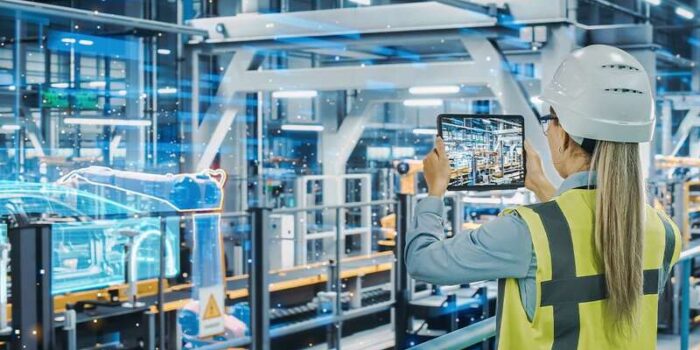In an era defined by increasing environmental awareness and a growing commitment to combat climate change, sustainable packaging has emerged as a crucial component of the global effort to reduce our ecological footprint. As consumers become more conscious of the environmental impact of their purchasing choices, businesses are under pressure to adopt sustainable packaging practices. This shift not only aligns with ethical and environmental principles but also opens up a world of opportunities for innovation and market growth.
The Current State of Packaging
Traditional packaging methods, often characterized by single-use plastics and excessive waste, have raised significant concerns regarding their impact on the environment. Plastic pollution has reached alarming levels, with plastic waste finding its way into oceans, rivers, and natural ecosystems. As a result, governments, consumers, and businesses alike are seeking alternatives to minimize their contribution to this environmental crisis.
The Rise of Sustainable Packaging
Sustainable packaging is the answer to many of these concerns. It encompasses a range of materials, design principles, and production methods that prioritize environmental responsibility throughout a product’s lifecycle. This approach considers the entire journey of a package, from raw material extraction and manufacturing to transportation, use, and eventual disposal or recycling.
Several key trends and opportunities are emerging within the realm of sustainable packaging:
Eco-Friendly Materials
One of the primary drivers of sustainable packaging is the development and adoption of eco-friendly materials. This includes the use of biodegradable plastics, compostable materials, recycled content, and innovative alternatives like mushroom-based packaging and algae-based plastics. Businesses that invest in such materials can reduce their reliance on fossil fuels and minimize their environmental impact.
Reducing Waste and Promoting Recycling
Designing packaging with a focus on reducing waste and also promoting recycling is paramount. Companies are increasingly opting for minimalistic designs and lightweight packaging to decrease material usage and transportation costs. Furthermore, they are working on creating packaging that is easily recyclable or compostable, ensuring that it can re-enter the supply chain or ecosystem without causing harm.
Consumer Education and Engagement
Educating consumers about sustainable packaging is vital. When consumers understand the environmental impact of their choices, they are more likely to support products with eco-friendly packaging. Businesses can leverage this by clearly communicating their sustainable packaging efforts, using eco-labels, and providing information on how consumers can properly dispose of or recycle their packaging.
Innovation in Design and Technology
The pursuit of sustainability is also driving innovation in packaging design and technology. Companies are exploring new ways to make packaging more efficient, such as using 3D printing for customized packaging solutions that reduce material waste. Additionally, smart packaging technologies are emerging, allowing consumers to track the freshness and authenticity of products, which can help reduce food waste.
Supply Chain Optimization
Sustainable packaging goes beyond just the materials used. It also involves optimizing the supply chain to reduce emissions and waste. This includes exploring more efficient transportation methods. Such as electric delivery vehicles, and reducing the distance between production and consumers to minimize carbon footprints.
Regulatory Support
Governments and regulatory bodies are increasingly supporting sustainable packaging initiatives by implementing stricter regulations and providing incentives for eco-friendly practices. Businesses that proactively comply with these regulations and go beyond them by adopting sustainable packaging solutions can gain a competitive edge in the market.
The Business Case for Sustainable Packaging
While the initial investment in sustainable packaging may seem daunting, it can result in long-term cost savings and market advantages. Sustainable packaging can:
- Reduce Costs: Eco-friendly materials and also streamlined packaging designs often reduce production costs and transportation expenses.
- Enhance Brand Reputation: Consumers are also increasingly making purchasing decisions based on a company’s sustainability efforts. Businesses that embrace sustainable packaging can improve their brand image and attract eco-conscious consumers.
- Meet Market Demands: As consumer demand for sustainable products grows. Businesses that offer sustainable packaging are better positioned to meet market expectations and stay competitive.
- Mitigate Risks: Sustainability initiatives can help businesses mitigate risks associated with changing regulations and reputational damage related to unsustainable practices.
Conclusion
It is not just a trend; it’s also a necessity for businesses looking to thrive in a world. That is increasingly concerned about the environment. By embracing eco-friendly materials. With innovative design, and sustainable supply chain practices, companies can reduce their environmental impact, save costs, and improve their brand image. The opportunities are vast. And those who seize them will not only contribute to a greener planet but also secure their place in a more sustainable and profitable future.





